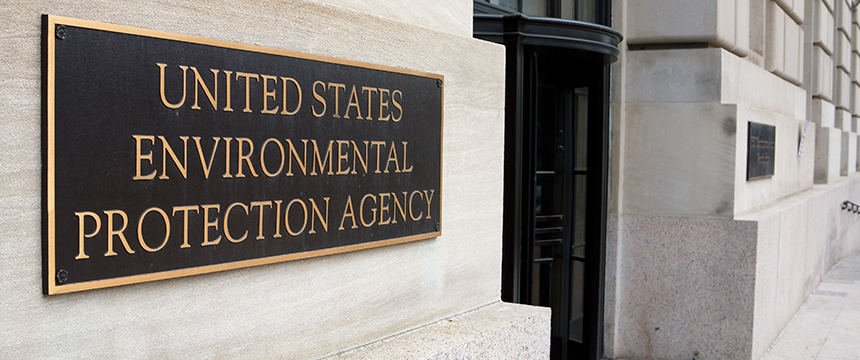Breathe Easy: U.S. EPA Seeks to Significantly Tighten Fine Particulate Matter Standards

On January 6, 2023, the U.S. Environmental Protection Agency (EPA) issued a proposed rule to lower the primary National Ambient Air Quality Standard (NAAQS) for fine/inhalable particulate matter (PM2.5). These proposed standards were published in the Federal Register on January 27 triggering a 60-day public comment period that will end on March 28, 2023. EPA is proposing to lower the primary NAAQS PM2.5 emission standard from 12 micrograms per cubic meter (µg/m3) to between nine and ten µg/m. The new standards, if issued as proposed, could result in many areas of the country being designated as nonattainment with the new standards, triggering significant new costs and control requirements for facilities with air permits in those new nonattainment areas.
The Clean Air Act provides for two types of NAAQS: (1) primary, and (2) secondary. The primary standards are health based and the secondary standards are meant to protect public welfare. The current primary PM2.5 annual NAAQS standards were issued in 2012 and reevaluated and maintained by the prior administration in 2020. In 2021, EPA indicated that it planned to reconsider the 2020 decision to retain the standards. EPA is planning to retain the current primary 24-hour standard of 35 µg/m3 for PM2.5 but is taking public comment on revising the level to as low as 25 µg/m3. The agency is also planning to retain the current primary 24-hour standard for PM10 and the secondary standards for both PM2.5 and PM10. In addition to proposing more stringent emission standards for PM2.5, EPA is also proposing to revise other related requirements such as monitoring requirements and the Air Quality Index for PM2.5. The changes have potentially sweeping implications. Like ozone, most PM2.5 is not directly emitted from sources, but is instead formed from a reaction of gases in the atmosphere. PM2.5 concentrations tend to vary relatively uniformly distributed over large areas.
On January 31, EPA provided notice that it will conduct virtual public hearings on the proposed rule on February 21 and February 22.
For additional information on the proposal and potential avenues for comment, or engagement with the agency, please contact Pete Tomasi or Amanda Beggs.

